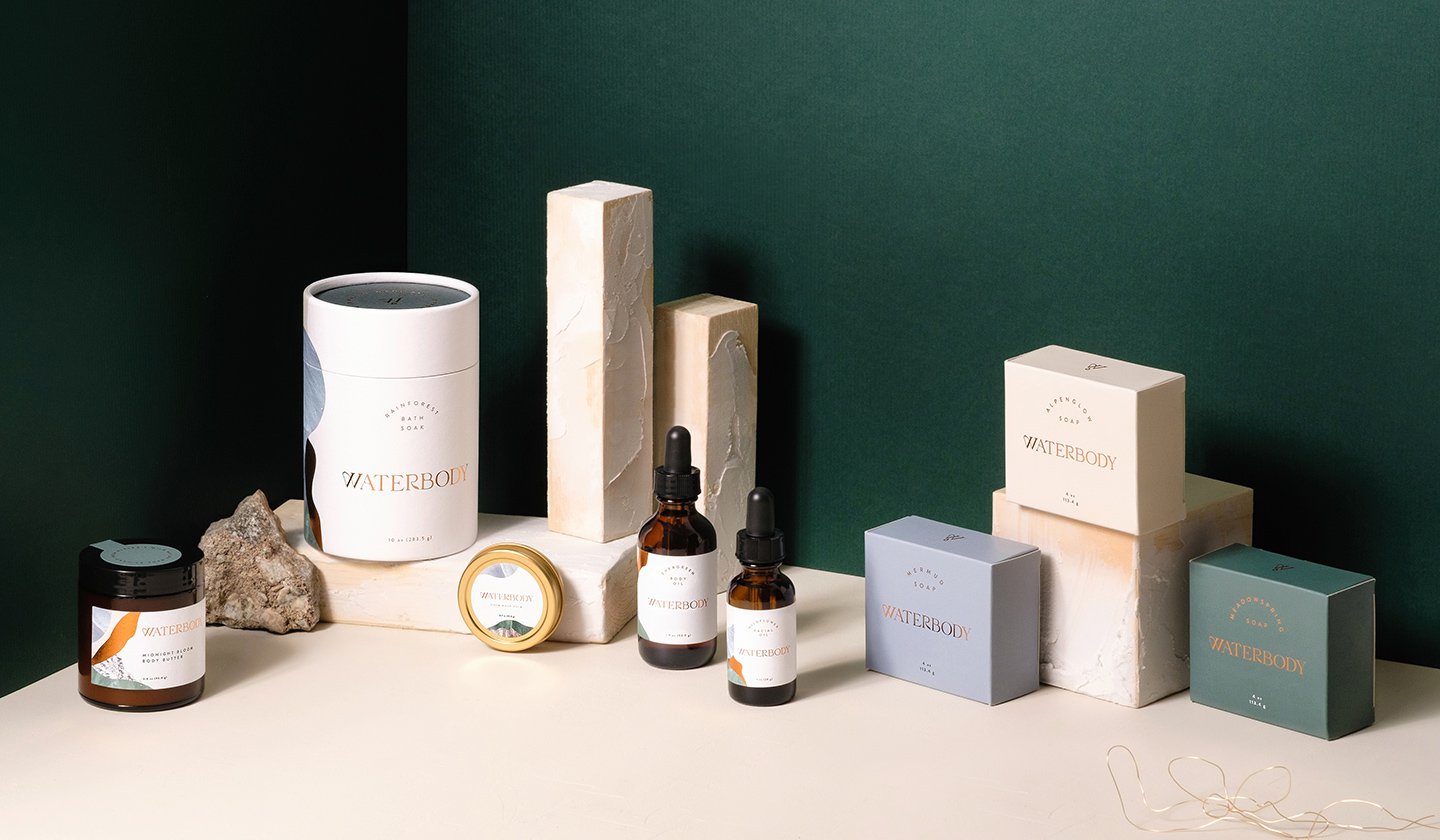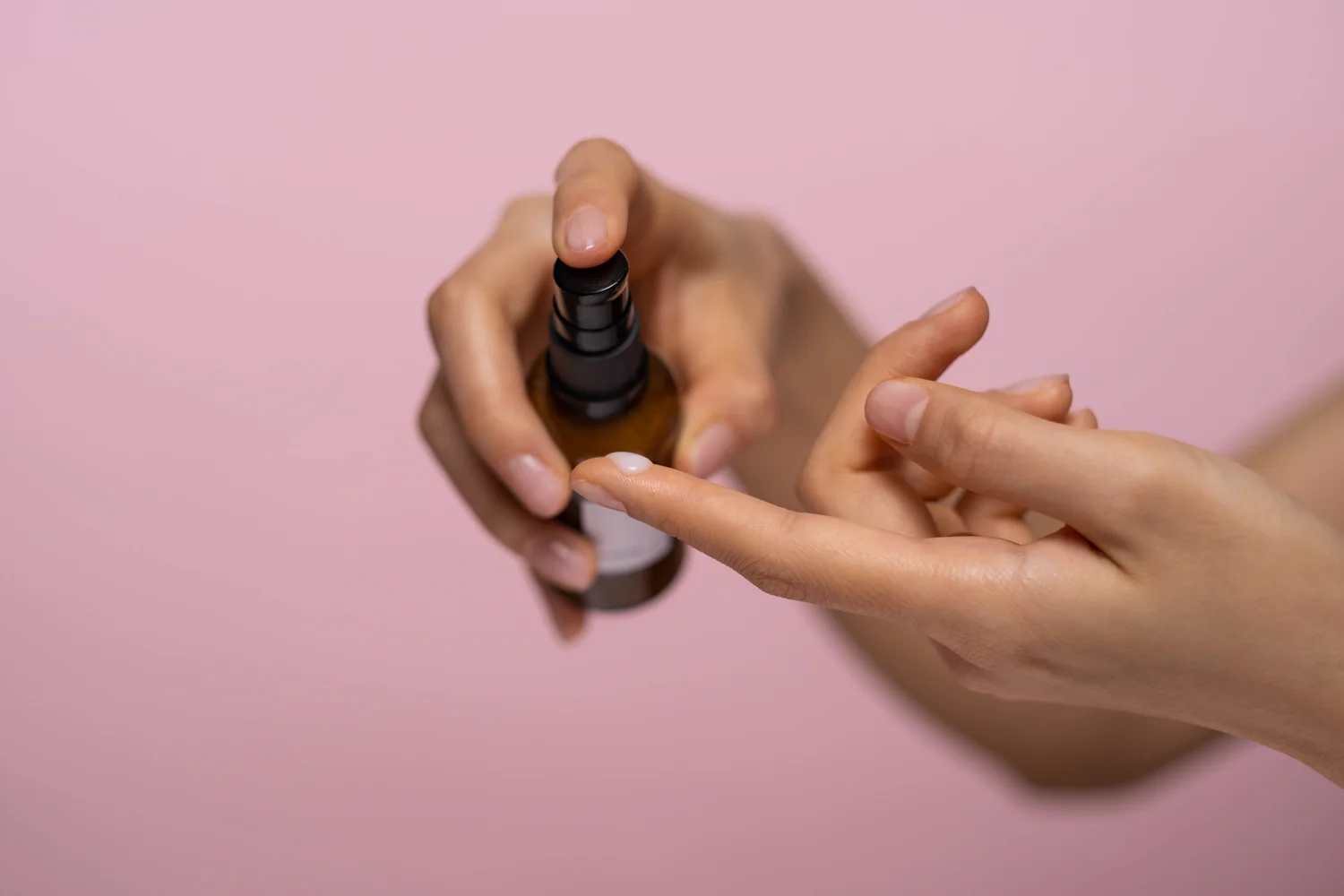
Within the constantly changing landscape of the cosmetics industry, the design of packaging is crucial for setting brands apart and attracting consumers. Today’s market trends lean heavily towards innovative packaging that not only captivates visually but also addresses environmental concerns.
We will delve into the realm of innovative cosmetics packaging design, exploring how brands are merging aesthetics with sustainability to meet the modern consumer’s demands. The cosmetics industry has undergone a major shift with an increasing emphasis on sustainability by consumers.
More and more cosmetic packaging manufacturers are focusing on innovative design and aesthetics to adapt to market needs. This also promotes the development and progress of the entire industry.
The Shift Towards Sustainability
Such materials not only diminish the ecological impact but also signal a brand’s dedication to environmental preservation, thereby boosting consumer trust and loyalty. Materials such as recycled plastics, glass, and bamboo have become popular choices. These glass cosmetic containers and plastic cosmetic containers not only reduce the environmental footprint but also convey a brand’s commitment to sustainability, enhancing consumer trust and loyalty.
Aesthetic Innovation
While sustainability forms the core of modern packaging innovations, aesthetics remain crucial. The challenge lies in crafting designs that stand out on the shelf while embodying eco-friendly values. Brands are adopting minimalist designs, which not only reduce material usage but also offer a sleek, sophisticated look.
Transparent packaging is another trend, allowing the product itself to shine through, and minimizing the need for excessive decoration. Additionally, personalization and customization through digital printing technologies have enabled brands to create unique, eye-catching designs that appeal to individual consumer preferences.
Functionality and User Experience
Innovative cosmetic packaging transcends mere aesthetics, emphasizing functionality to improve the user experience. Designers are creating multi-functional packaging that serves additional purposes beyond containing the product.
Examples include compact cases with built-in mirrors and applicators, refillable systems that encourage product reuse, and airless pumps that minimize waste and extend product shelf life. These advancements offer ease of use while also supporting sustainability efforts through waste reduction.
Smart Packaging: The Future Frontier
Smart packaging represents the future of cosmetic packaging, integrating technology to improve functionality and interactivity. Packaging designs are now incorporating QR codes, NFC (Near Field Communication) tags, and AR (Augmented Reality) technology.
These technologies offer consumers additional product information, tutorials, and personalized experiences directly through their smartphones. Smart packaging not only enhances the consumer experience but also opens new avenues for brands to engage with their audience, gather insights, and build community.
Challenges and Opportunities
Despite the strides in innovative packaging, the cosmetics industry faces challenges, notably balancing sustainability with cost and performance. Sustainable materials often come at a premium, and not all eco-friendly designs meet the protective and aesthetic requirements of cosmetics packaging. Nonetheless, these challenges offer avenues for ongoing innovation, research, and development.
Embracing Local and Cultural Elements
An emerging trend in innovative cosmetic packaging design is the incorporation of local and cultural elements. This strategy not only embraces diversity but also enables brands to connect profoundly with particular target demographics.
By integrating traditional patterns, colors, and motifs into packaging designs, brands can create a sense of connection and authenticity. This strategy not only appeals to consumers’ sense of identity and heritage but also distinguishes products in a globalized market.
For instance, a skincare brand might use packaging inspired by traditional Asian ceramics for products aimed at the Asian market, or incorporate Aboriginal art into designs for products sold in Australia.
This blend of innovation with cultural respect adds a new dimension to packaging, making it a powerful storytelling tool that honors the origins and traditions of both the brand and its consumers.
Leveraging Biodegradable and Plant-based Plastics
As the cosmetics industry continues its quest for sustainability, there’s a growing interest in biodegradable and plant-based plastics. These materials decompose naturally, significantly reducing plastic waste and its impact on the environment.
Companies are investigating the adoption of PLA (Polylactic Acid), a renewable resource-based bioplastic made from materials like corn starch or sugar cane, for creating packaging elements including bottles, jars, and tubes. Although there are challenges related to the durability and cost of these materials, ongoing advancements are making them more viable options.
This shift not only underscores a brand’s commitment to sustainability but also meets the growing consumer demand for products that align with a more environmentally responsible lifestyle.
Interactive and Educational Packaging
Another innovative approach in cosmetic packaging is making it interactive and educational. Packaging can serve as a medium to educate consumers about the product, its ingredients, and the brand’s sustainability efforts. Through QR codes and augmented reality, consumers can access videos, tutorials, and detailed product information with just a scan of their smartphone.
Some brands are using packaging to inform consumers about recycling practices or to tell the story of how the product was made, from sourcing ingredients to manufacturing processes. This openness and interaction not only enhance the consumer experience but also cultivate trust and loyalty.
Conclusion
Innovative cosmetics packaging design is at the forefront of merging aesthetics with sustainability, offering brands a powerful tool to appeal to environmentally conscious consumers while standing out in a competitive market.
By embracing sustainability, functionality, and smart technology, brands can create packaging that not only looks good but also contributes positively to the environment and enhances the consumer experience.
The future of cosmetic packaging lies in continuous innovation, where design meets sustainability in exciting and meaningful ways.





